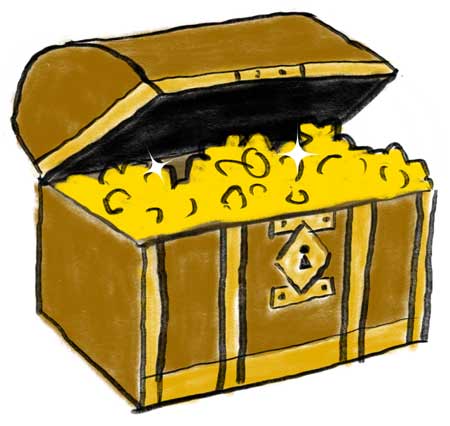
Patron Treasures
Welcome! Everyone can browse our Patron Treasures below. Click lesson titles for more info.
Why be a Patron?
The Feldenkrais Project's 50+ free lessons are a crowd-funded labor of love. If you believe, like we do, that Feldenkrais makes the world a better place, please join the Project as a Patron to support our work and access over 75 Patron Treasures lessons below, plus other Patrons-only lessons. You'll also get full access to our Deep Dive courses.
A Patron-level membership costs about what you'd pay to attend a single Feldenkrais or other movement class per month!
Our annual costs are typically over $25,000 for technology and our part-time staff – plus 50-100 hours of Nick's time each month – as we improve this site, spread the word about our vision, and add new lessons and features to our industry-leading resources. Your support really matters!

New for Patrons
All Patron Treasures
This list is organized by date. If you want to search, filter, or sort this list, please use our Search & Filter tool.
Deep Dives with Patron Treasures
To enjoy some of our Patron Treasures in larger learning contexts, try our Deep Dives, where we integrate Patrons-only content with other Feldenkrais Project lessons in specialized study sequences. Patrons have full access.
More Collections Just for Patrons
12 Lessons from Awareness Through Movement
Developed from Moshe Feldenkrais’s 1972 book, written to introduce his method to the world.
Legacy and Alternate Lessons
Some listeners prefer the classics. When a lesson is replaced or updated the original goes here.
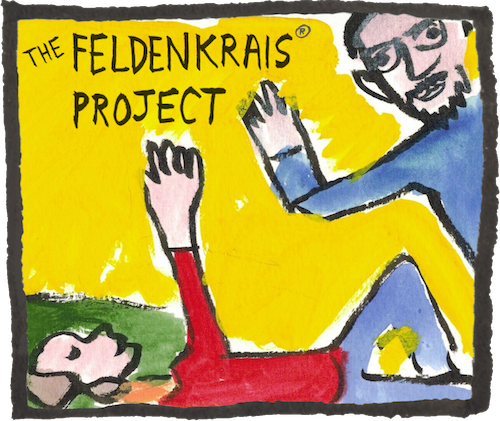

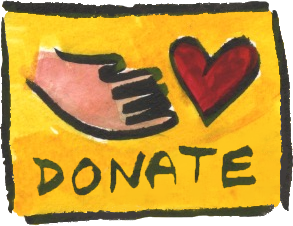
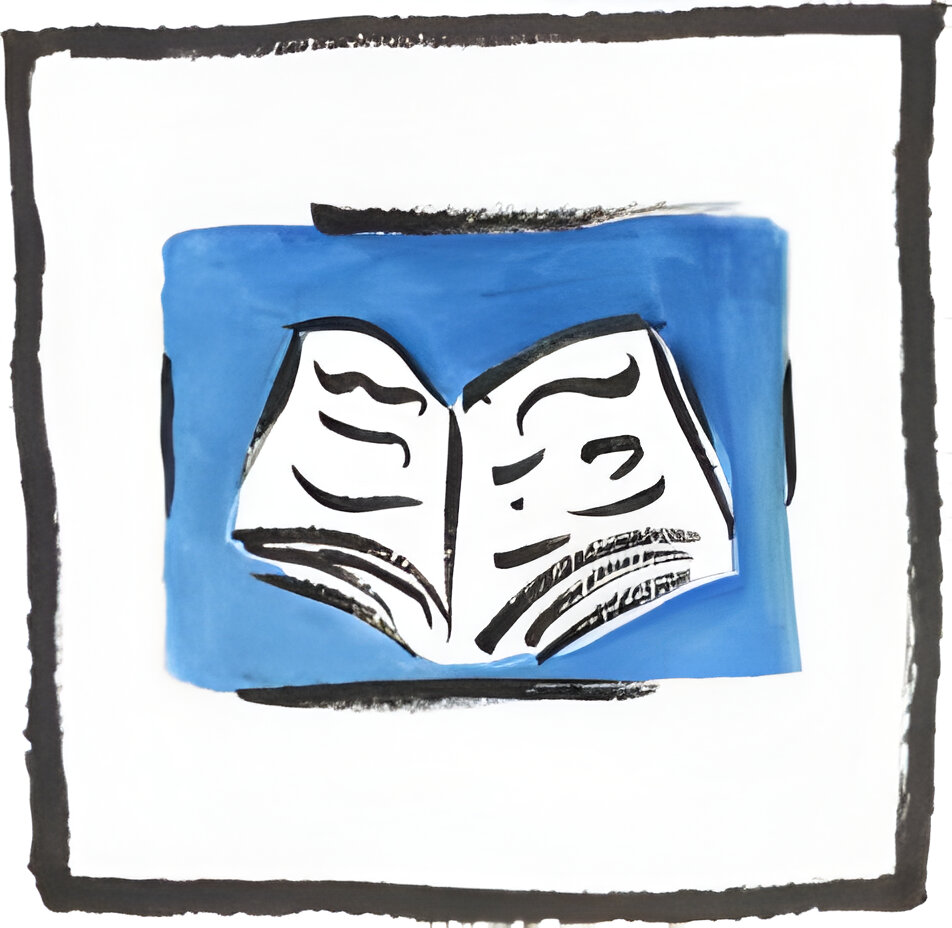
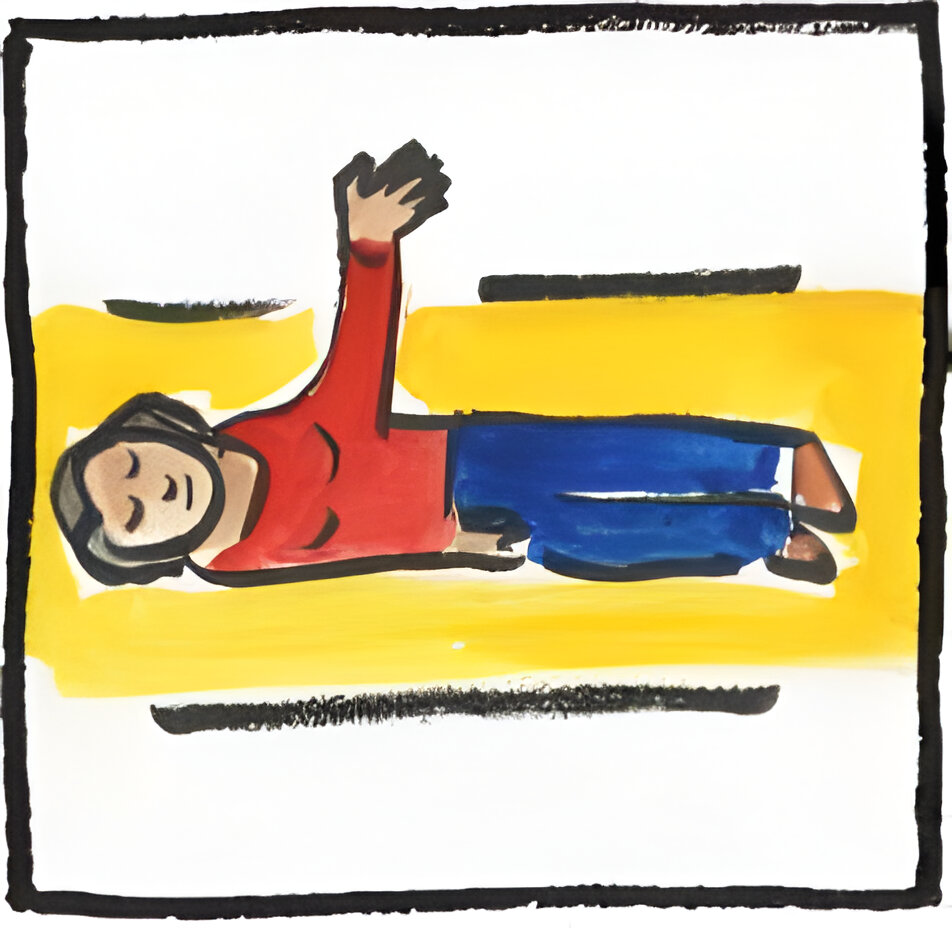
As you explore our Patron Treasures please leave comments and questions on the lesson pages – they build our community, improve our visibility on the web, and refine my teaching and which lessons I choose to add.
You can also leave a comment right here to request lessons or topics of study.
I like lessons with a rolling part in them, they are so much fun! This lesson maked me especially aware of my Sternum and that I usually direct it “backwords”. I will pay attention to a more balanced direction (in the mid of backwards and forwards) of my Sternum after doing this lesson. Thank you Nick for sharing your Knowledge with us.
Rib basket and shoulder cloak lesson is great. Taught me a lot about being upright.
Hi! I’m interested in voice as topic of study 🙂
That’s great – me too! My wife is a singer and I’ve wanted for years to develop my own ease in speaking. Lessons for the voice are on the back burner right now, but I think I’ll get to it!
Hi Nick
What pathway would you go down to help correct a scoliosis of the spine. I am unsure where to start. Thanks so much.
Cheers Trudy
Most scoliosis is caused by patterns of action, movement habits we’ve unconsciously developed over the years that shorten our spines unnecessarily in asymmetrical ways. Lessons that bring awareness to your integrated use of your whole spine in your actions are great. Admittedly, this is basically all Feldenkrais lessons! A few ideas to try to answer your question more specifically:
Fantastic response Nick. It’s funny. Whilst I waited for a response I I intuitivley just headed to start on collection #2 as I felt sure lessons for the spine would help but I am glad I asked anyway because I love your response. Thanks again!